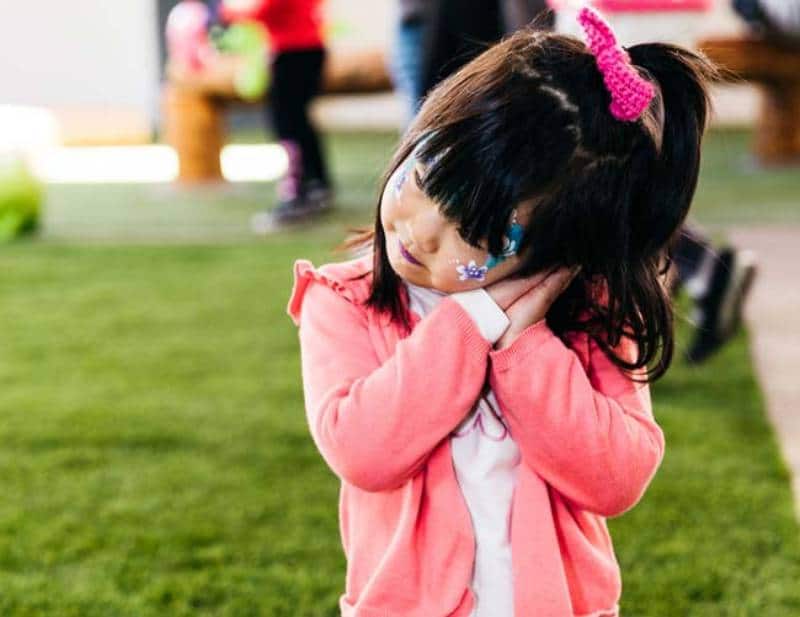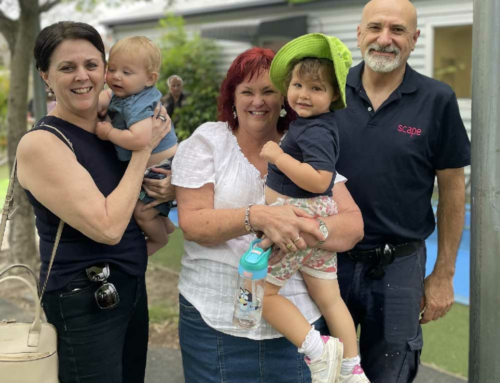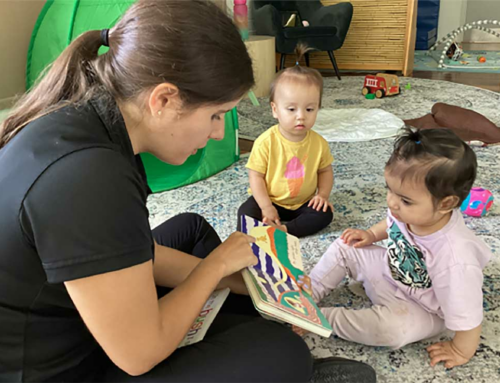Children need sleep to be healthy. If your child’s restless at sleep time, it can be stressful for you both. Children’s sleep time is a hot topic. There’s so much information available. It can be confusing knowing how much sleep or nap time your child needs or what advice works.
The truth is every child is different. While there are standards and guidelines on sleep practices, there’s no one solution. A newborn sleeps in 2-4 hourly intervals. So, being awake at night is as natural for a young baby, as is sleeping. It all comes down to their individual cycle.
Eventually, your newborn will sleep longer at night with shorter daytime naps and you’ll be able to settle into a daily routine. In this article, we’re going to provide tips on whether your child needs to nap, and how to give them rest time success. We’ll cover:
- Ideal nap times for babies and toddlers
- Baby naps and why newborns are so different
- Best nap time for your toddlers
- How to know if your toddler needs to take a nap
- How to set up your child’s afternoon nap for rest time success.

Ideal nap times for infants
A few years ago, research advice on how much sleep your child needs, changed. For most young age groups, the gap widened. Only newborns’ (0-3 months) gap narrowed. It went from 12-18 hours of sleep to 14-17 hours for a healthier sleep.
Older babies generally need less sleep. Their sleep pattern usually begins to settle between 4-11 months as they start to progress towards toddlers. Children this age typically sleep through the night.
Here’s what the National Sleep Foundation suggests for young children as compared to Australia’s Department of Health:
| National Sleep Foundation (2015) | 24 Hour Movement Guidelines
Health.gov.au |
||
| Category | Age | Recommended Sleep Hours (includes naps) | |
| Newborns | 0-3 months | 14-17 | 14-17 |
| Older Babies | 4-11 months | 12-15 | 12-16 |
| Toddlers | 1-2 years | 11-14 | 12-13 |
| Preschoolers | 3-5 years | 10-13 | 10-13 |
It’s important to realise that sleep and nap times are just recommendations. Your child’s sleep patterns will differ from other children. Rather than worry too much about calculating the right amount of sleep, learn the signals to know when your child is tired.

Why are baby naps and toddlers so different?
In the first few weeks, your child’s sleeping habits are controlled by their stomach. For the most part, a newborn wakes up to feed. Once they’re full, they’ll feel satisfied and be ready to sleep again. Don’t worry too much up about their short baby naps, they’ll dictate their own routines.
As they grow into an older baby, they’ll start to master sleeping through the night and take less frequent daytime naps. By the time they’re a toddler, they’ll have one to two naps a day, one in the morning and one in the afternoon. This may decrease to one afternoon nap by 18 months.
Not all toddlers sleep through the night. The Royal Children’s Hospital in Melbourne identifies separation anxiety as an issue that causes some toddlers to get less sleep than others. Other challenges to a good night’s sleep include:
- Getting too much sleep during the day
- Sleeping too close to bedtime
- Reliance on nighttime or bedtime feeds
- Too much light or noise
- Wanting to spend more time with family
- Overtired
- Unable to settle themselves.
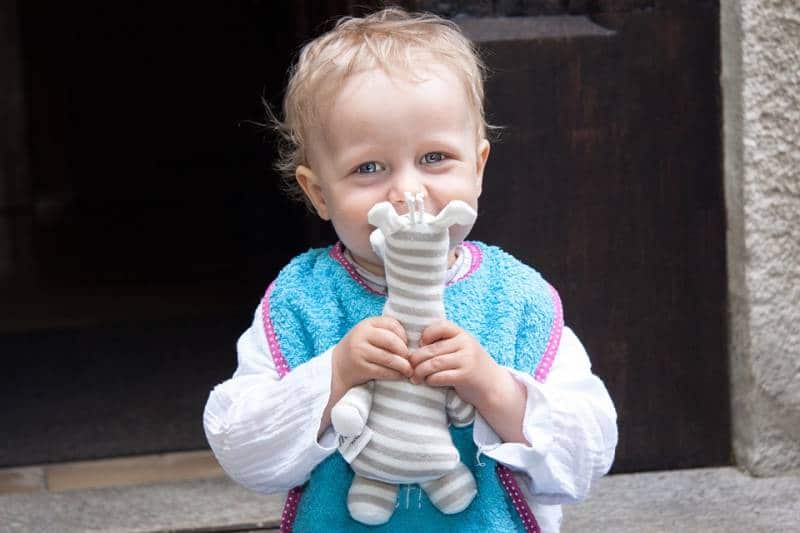
Best nap time for your toddler
As your toddler’s nighttime sleeping rhythms adjust, so too will their daytime napping. Instead of two daytime naps, they’ll move towards one, usually in the afternoon. If they’re at daycare, your childcarer may encourage a set time for all children to rest or nap.
In Australia, rest time is a legislative requirement for childcare centres. Children need a rest to recover from the morning’s activities and to power-up for the afternoon. But rest time doesn’t necessarily equate to nap time. Ask your carer about their policy on rest times.
For children who do not fall asleep during rest time, a designated quiet period allows them to relax, reflect and recuperate. Although, best nap times are when it suits your child.
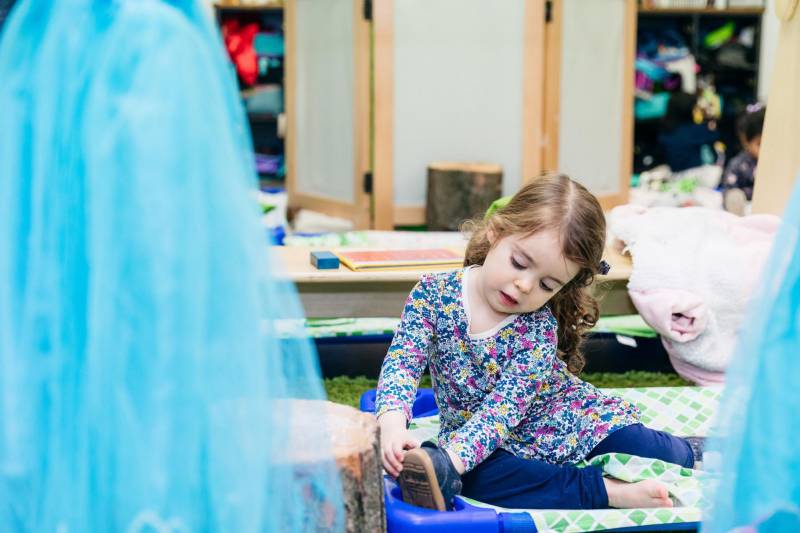
How to know if your toddler needs a nap
Your child will have less day time naps as they grow into a preschooler. Eventually, they’ll have none. Although, there may be times when your child may need a nap or rest time. Here are some signs to look out for:
- Crankiness, especially late in the day
- Acts unusually clingy or needy
- Tasks take longer to complete
- Not as talkative
- Seems irritated
- Crying excessively
- Rubbing eyes
- Lots of yawns
- Falls asleep on a short car ride
- Fussiness with food
- Sucking on fingers and thumbs
- Frowning.

How to set up your toddler’s afternoon nap for rest time success
Getting enough sleep is important at any age. Good sleep leads to more active and healthy awake time. So, how can you help your child get enough good sleep so they’ll be more active?
- Set up a good sleep routine early.
- Try an afternoon nap time just after lunch when their belly is full.
- Insist on quiet time if they’re too excited to nap.
- Separate nighttime and nap time feeds from the sleeping area.
- Give them plenty of fresh air and physical activity when they’re awake.
- Use blackout curtains for nap time.
- Remove any noisy obstacles or distractions from the sleeping space.
- Read quietly to your child.
- Play gentle, soothing music.
- Make sure they have comfortable bedding and clothes.
- Allow them to choose a safe comforter (teddy or blanket) to take to bed.
- Change their nappies.
- Make sure they’re fed, so hunger doesn’t keep them awake.
- Get the rest of your family on board. Let them know what quiet time means.
- Leave the bedroom door open, so they can hear you in the house.
Even if your child doesn’t fall asleep during nap time, the rest time is beneficial. If they get tired later, consider giving them a short afternoon nap. You need to experiment with nap times and nap routines until you find one that works for your child.
Remember, every child is different and sleep times are just average guidelines.
NOTE: If your child is having problems sleeping and resting, discuss their sleep routine with a medical professional.
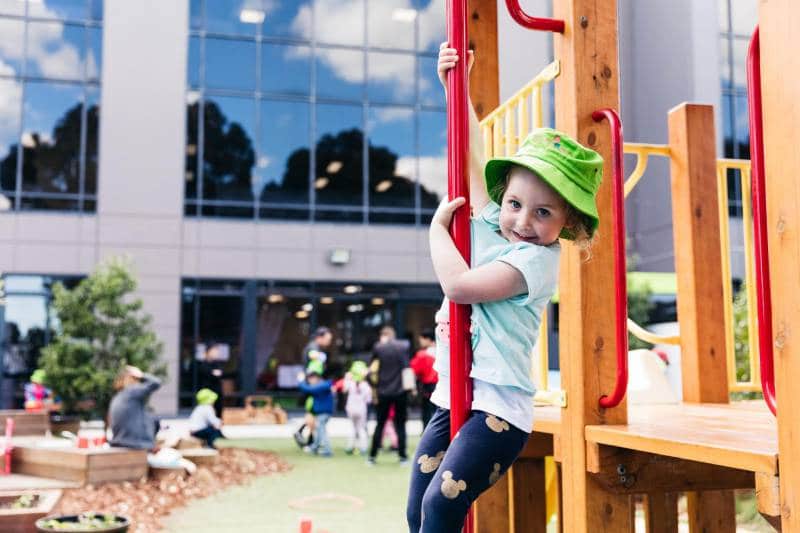
Talk to Petit ELJ About Your Child’s Nap Time
Rest time at Petit starts at 12 noon, right after lunch, and it ends at 2pm. However, if a child falls asleep at any time of the day, we’ll let them sleep until they wake up naturally. The only exception is when you provide us with written instructions to wake them.
At Petit, we’re happy to work with families to create a good sleep routine for your child. Come tour your closest centre and discover the fun play-based activities we have planned. An active child is a good recipe for rest time success.
